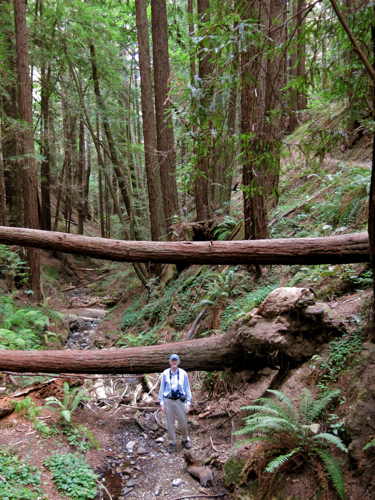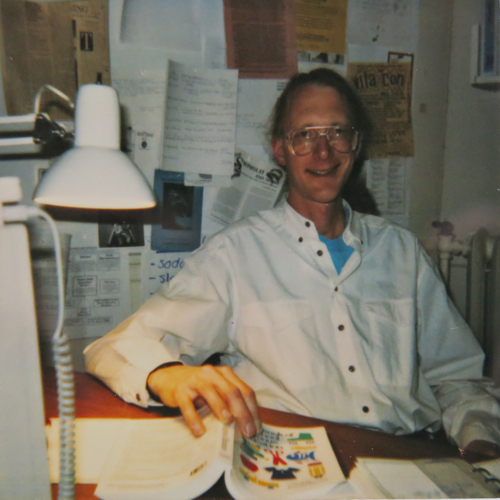The mess at Starr King School for the Ministry (SKSM) continues to be an absorbing topic of conversation among Unitarian Universalist (UU) ministers in the Bay Area. The mess can be summarized as follows: Someone sent an anonymous email to a number of people inside and outside SKSM alleging that the then-ongoing search for a new SKSM president was marred by “ethical violations.” Attached to that anonymous email were documents that the SKSM board alleges were confidential. The SKSM board responded by hiring a law firm and private investigators to determine which student sent this anonymous email, and demanded that all students turn over all their email some students turn over their email files files to this law firm. Two students who were about to graduate did not turn over their email files, and their diplomas have been withheld. (UU World magazine offered good coverage of the story here. Deletion and correction thanks to Lindasusan’s comment below.)
If you’re a UU minister it is also a fascinating topic for conversation. The ethical implications alone would fascinate any minister. On top of that, any minister is going to be interested in how a theological school is training new ministers — your future colleagues. And finally, given the decline and financial struggles of theological schools, this matter makes you wonder about the future of SKSM.
Ethical implications of securing electronic communications
Let’s start with the ethical implications. I was talking to D., another UU minister, and she made the obvious point: if confidential documents were truly “leaked,” the most obvious source for such a leak would be the search committee. I doubt that any member of the search committee played Edward Snowden and deliberately released documents. But I’m willing to bet that the search committee was naive, and had poor electronic security protocols in place (I mean, I seriously doubt that someone hacked into search committee members’ computers). So from an ethical point of view, the SKSM search committee is at fault for having poor security.
If you’re a congregational leader, you should pay attention to this. Email is not secure — it’s way too easy to choose the wrong address when you send email, too many spouses and partners have access to each others’ email accounts, too many people are careless with their passwords. Storing sensitive material on something like Dropbox or Google Drive may be slightly more secure — as long as everyone remembers to keep their password secure. Storing sensitive documents on a computer in the church office is only mildly secure — more than once I have seen a church computer sitting unattended, with the main user logged in, and a sensitive document open on the screen. Most congregational leaders and staff are just like the SKSM leadership — way too careless about how they use electronic communications. Continue reading “The mess at Starr King”





